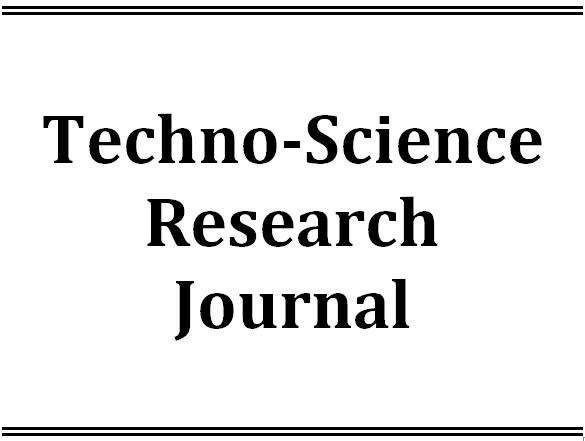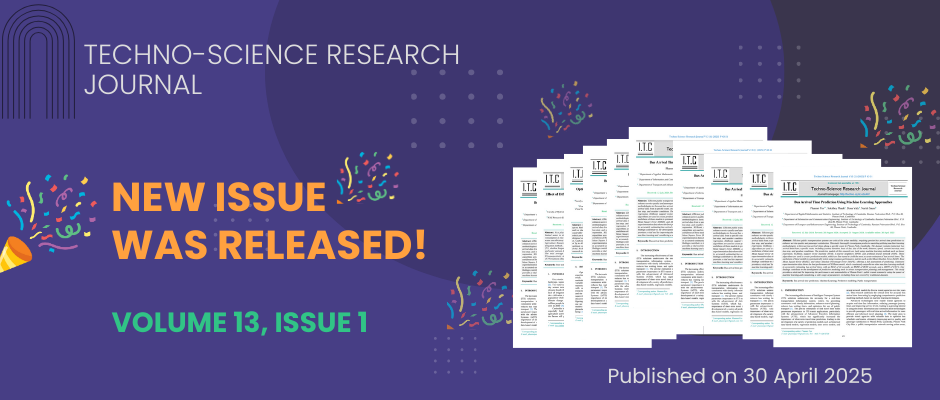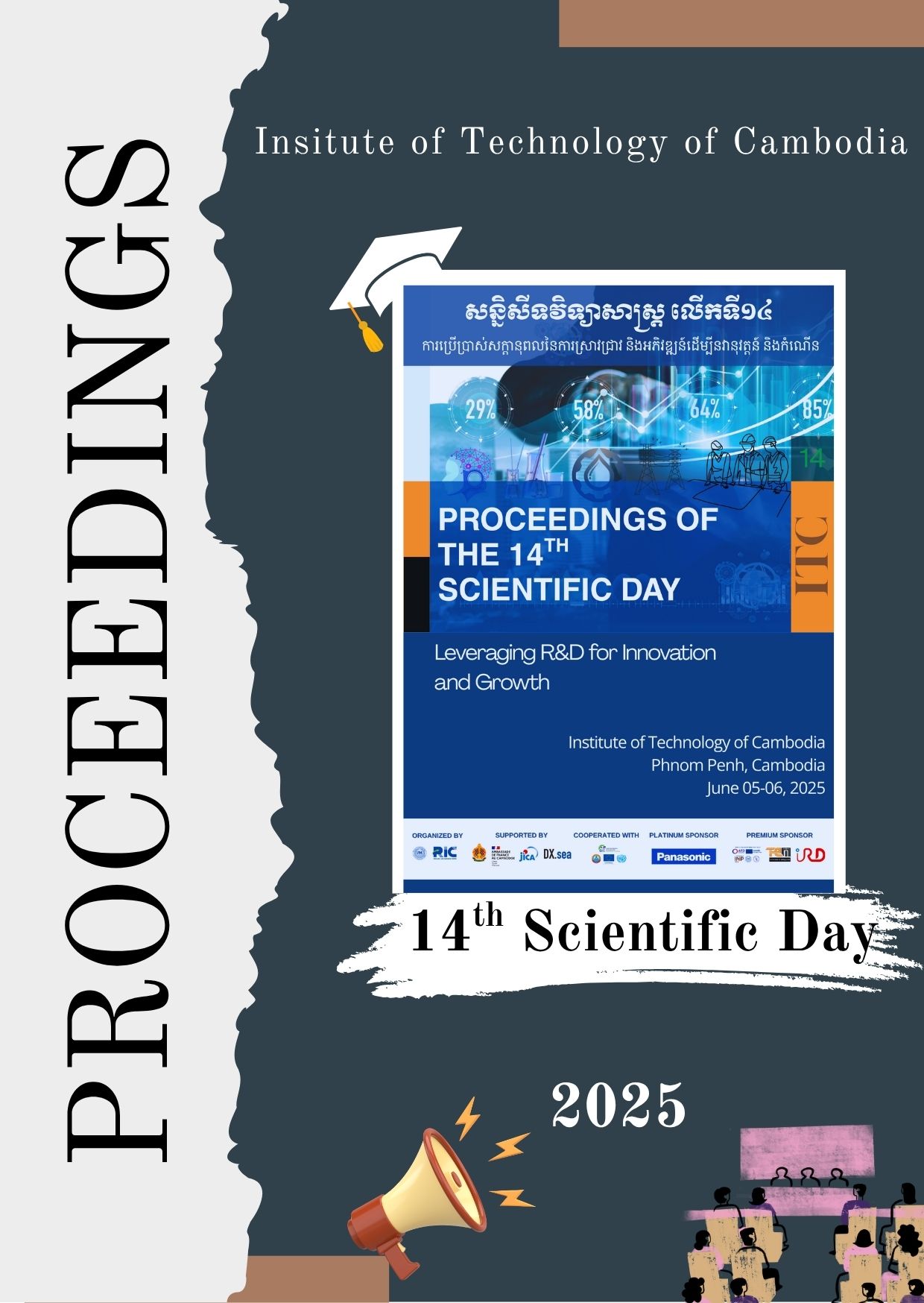Instead of using battery storage for operating the irrigation system that is driven by solar energy, the gravity irrigation system has been used and grown popularity nowadays. However, this system cannot provide the balance flow rate every irrigation time that is going to affect the quantity of water need to irrigate due to the fluctuated of the static pressure that remains in the tank. So, this study is going to develop a smart irrigation contro
This paper provides Simultaneous Localization and Mapping (SLAM) for generating a 3D map of an environment. It takes the approach of graph-based SLAM with loop closure detection in the use of RGB-D (Red, Green, Blue and Depth) camera to generate the 3D map of an unknown environment. In real-time applications, localization and mapping require both accuracy and robustness. Thus, in this paper, a lighter weight Intel RealSense d435i RGB-D (with buil
The growing popularity of transport services via ride-hailing apps (RHAs) has posed major debates for transport researchers and planners in many cities worldwide. In Asia, there remains limited information and data about the characteristics of RHA users. This paper investigated the factors affecting users’ utilization rate of RHA services. Zero-Inflated Ordered Probit Model (ZIOPM) was applied with data collected from 1,108 citizens (87.5% aged 1
Plastic bags are used widely across nations and became famous for carrying goods and packing products since 1970 and they start to rapidly popularized in the 20thcentury. People live in Phnom Penh City, the capital city of Cambodia, also use large amount of plastic bags due to various reasons such as their convenience, inexpensive, get free of charge, and easy to get. Plastic bags use has rapidly increased as result of changing life styles, popul
Tonle Sap Biosphere Reserve (TSBR), the largest productive freshwater lake in Southeast Asia regions, is recognized by UNESCO in 1997. TSBR gives a huge benefit to Cambodian, especially for riparian settlement along the lake. The surface area of TSBR changes from 250 000 to 300 000 ha in dry season with the level of water about 1.5m, while in rainy season the area is increased from 1 to 1.3 million ha with the level of water from 8 to 10m. TSBR
Arsenic contamination in groundwater has posed severe health problems to most of countries in the world. Nowadays, many methods of arsenic removal have been studied, but most of these are costly and impractical to be implemented in developing countries such as Cambodia. For this reason, the aim of this study is to determine the optimum concentration of iron supplying for high removal efficiency of As with three different conditions of variation f
Arsenic contamination in groundwater has been recognized as a serious issue for health and environment because arsenic is a hazardous and toxic element; therefore, developing new technology is significant to remove arsenic from groundwater. Technology of arsenic removal has been in place through research to mitigate this problem, including aeration approach, Haix absorbent, precipitation, absorption process, and membrane technology. This study ai
Fiber Reinforced Polymer (FRP) external bonding system is a popular technique that is used to strengthen and repair existing structural elements due to its high strength to weight ratio, fatigue resistance, non-corrosiveness and ease of handling and application at the site. In this research, the focus is on the behavior of FRP external bonding system use to strengthen Reinforced Concrete (RC) beam and column when subjected to be exposed to out-do
Daily rainfall data from six meteorological stations surrounded Tonle Sap Lake was used to analyze a statistical characteristic of rainfall distribution and trend analysis of extreme rainfall for both annual and seasonal. Daily rainfall indices were defined and analyzed based on the World Meteorological Organization guideline. Mann–Kendall’s and Sen’s slope estimator were used to define the statistical significance of the rainfall changes and the
The lakes around Phnom Penh are used as the natural treatments of wastewater before discharging into the river. Thus, the pollutant load in the wastewater concerns the water quality in the natural lakes. This study aims to assess the spatial variation of water quality in Tamouk Lake, which is located in the northern part of Phnom Penh and partly receives the wastewater from Phnom Penh, at the pre- and post-storm events. The Spatio-temporal maps o










